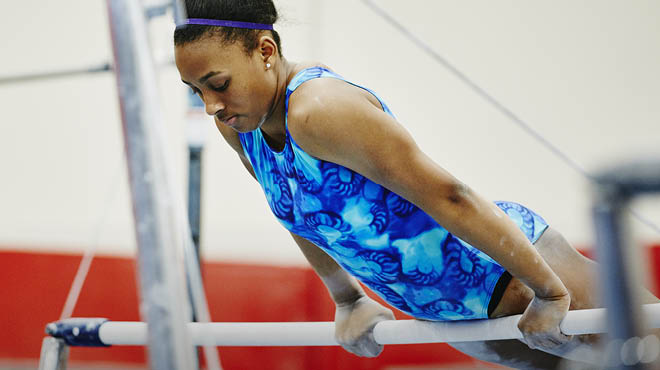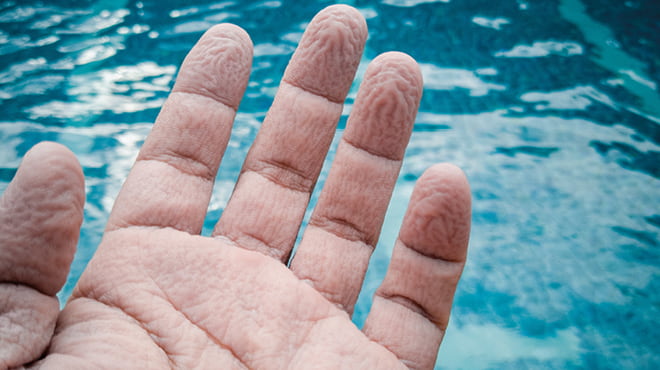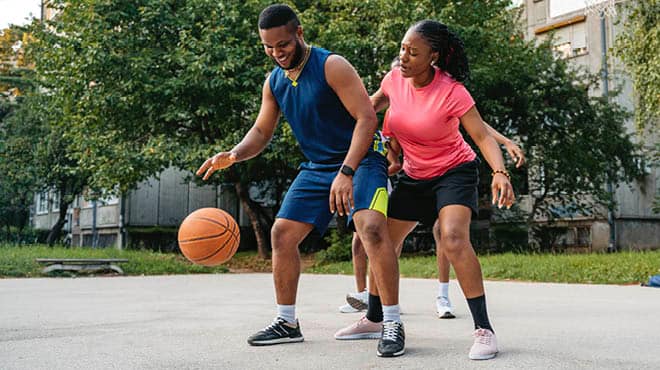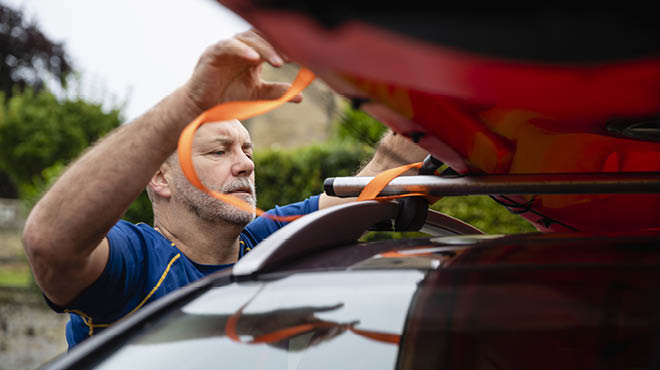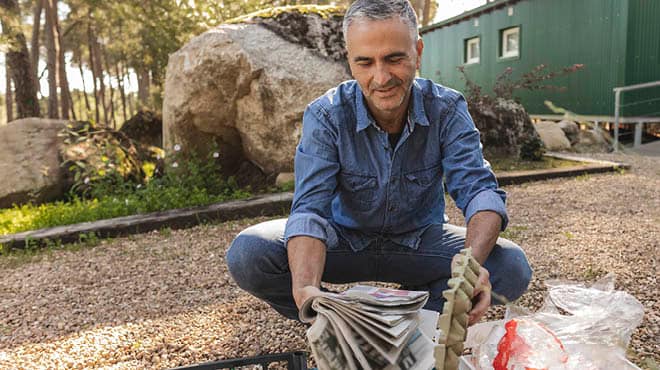Recent Posts
Don’t let shin splints halt your workout

At first, you may brush it off as fatigue or pushing your run or walk too far. But eventually, the recurring, throbbing pain in your shins gets your full attention. By then, you may have a full-blown case of shin splints, also known as medial tibial stress syndrome.
Here's what you need to know about this condition:
What are shin splints and their symptoms?
Stress on the shinbone and the connective tissues that attach the muscles to the bones inflames the tissues, causing pain. The front of the shin aches or throbs, especially after exercise. These symptoms are common in runners, hikers, dancers and military recruits.
What causes this condition?
The risk of developing this syndrome increases for a variety of reasons, including:
- Repetitive stress to the lower leg from running or walking, or an increase in overall activity, intensity or mileage
- Flat feet or a collapsed arch, also known as pronation or a high arch
- Poorly fitting shoes without good support
- Weak ankles, hips or core muscles
- Poor warmup before exercise or insufficient cooldown with stretching after exercise
How are shin splints diagnosed?
Shin splints or possibly stress fractures may cause pain in the front of the lower leg. These fractures need to be ruled out with X-rays or bone scans.
What's the treatment for medial tibial stress syndrome?
Most cases of shin splints can be treated with rest, ice and proper footwear.
Take a break from your walking or running workout to give your shins time to heal. You can remain active by exercising with non-weight-bearing exercise, like swimming or biking, if it doesn't cause pain.
Icing the shins can decrease pain. This is typically done for 20 minutes four times a day for three days, or until the pain is gone. Nonsteroidal anti-inflammatory drugs, or NSAIDS, including ibuprofen (Advil) and naproxen (Aleve), will ease pain and decrease inflammation. If you have high blood pressure or kidney disease, consult your health care professional before taking these medications.
Be sure your footwear fits properly, provides adequate support and is appropriate for your activity. For example, running shoes typically have a more cushioned heel than walking shoes. Runners should replace their shoes after 350–400 miles.
When can you return to your normal activities?
When your shins are pain-free, you can return to your regular activities. But start slowly. Gradually increase the intensity or distance to avoid reinjuring your shins.
How can you prevent shin splints?
Repetitive stress and overdoing an activity primarily cause shin splints. They can be prevented by:
- Progressively working your way into a new workout or routine
- Gradually increasing physical activity, intensity and mileage
- Wearing proper footwear
- Adding arch supports or insoles designed to absorb more shock or impact
- Bringing cross-training and strength workouts to a training regimen
If your issues with shin splints continue or recur repeatedly, consult with an orthopedic or sports training specialist.
Amy Rantala, M.D., practices primary care sports medicine in Eau Claire, Wisconsin
